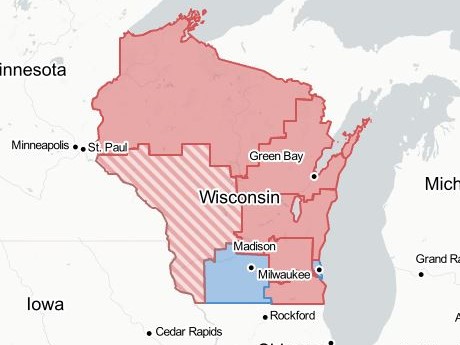The maps GOP legislative leaders have proposed would likely help Republicans strengthen their hold on the Assembly and keep them in position for a veto-proof majority in the Senate.
Assembly Speaker Robin Vos, R-Rochester, noted Republicans took public input submitted from around the state and considered submissions from the guv's People's Maps Commission, "so we are confident that these maps are ...
Please log in to access subscriber content.
If you don't have a subscription, click here for a WisPolitics free trial and to view the different subscription options.


